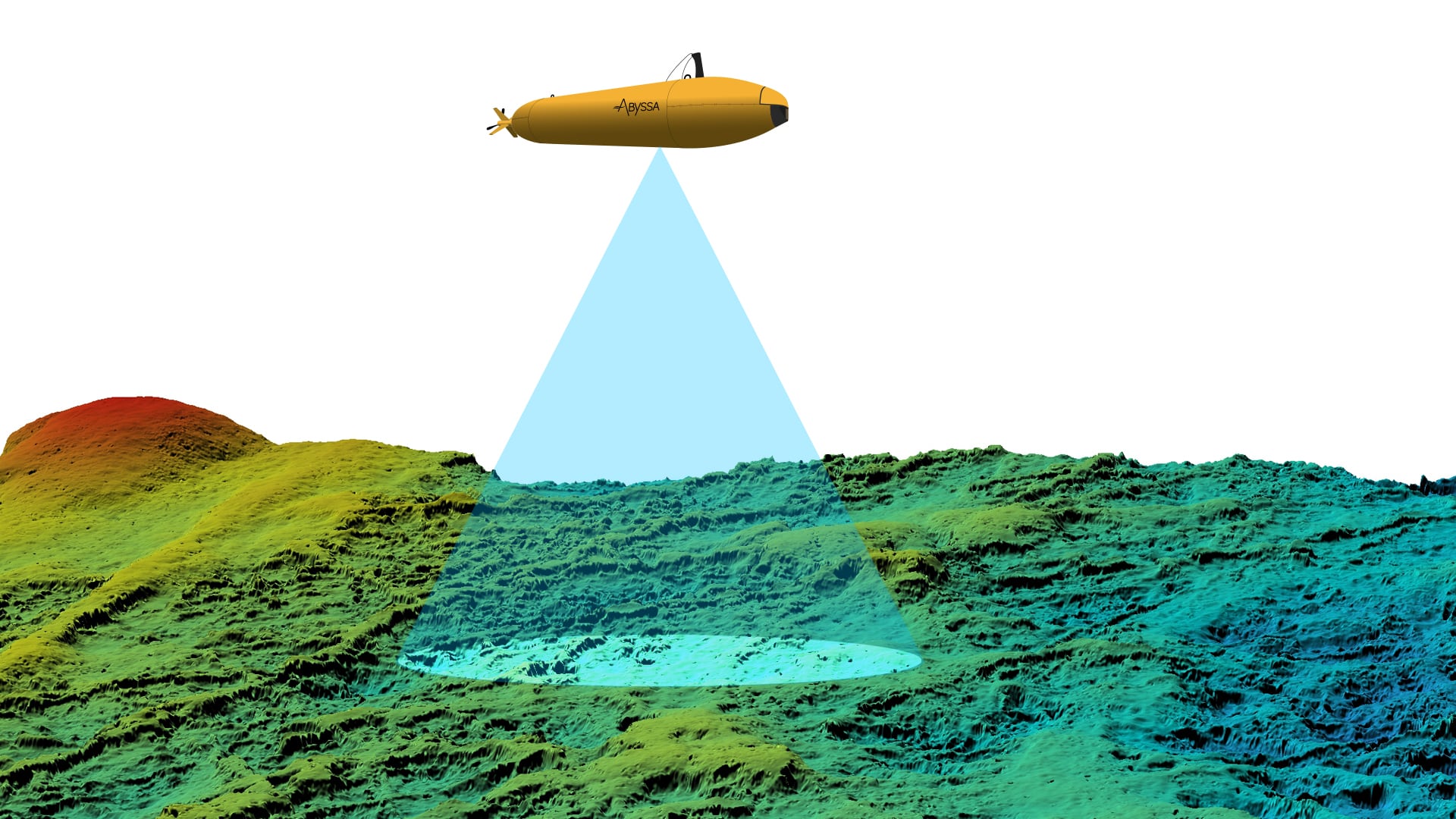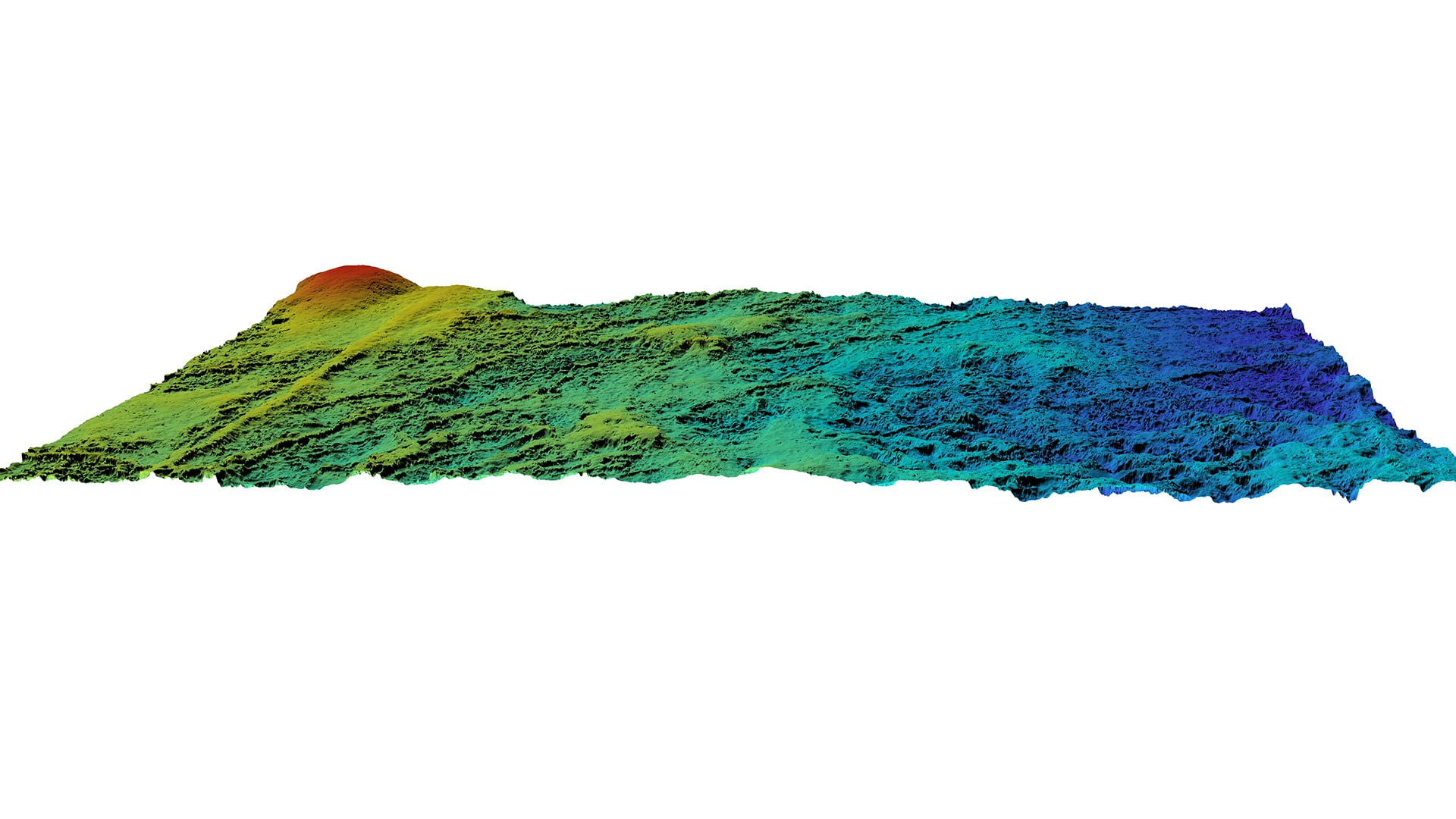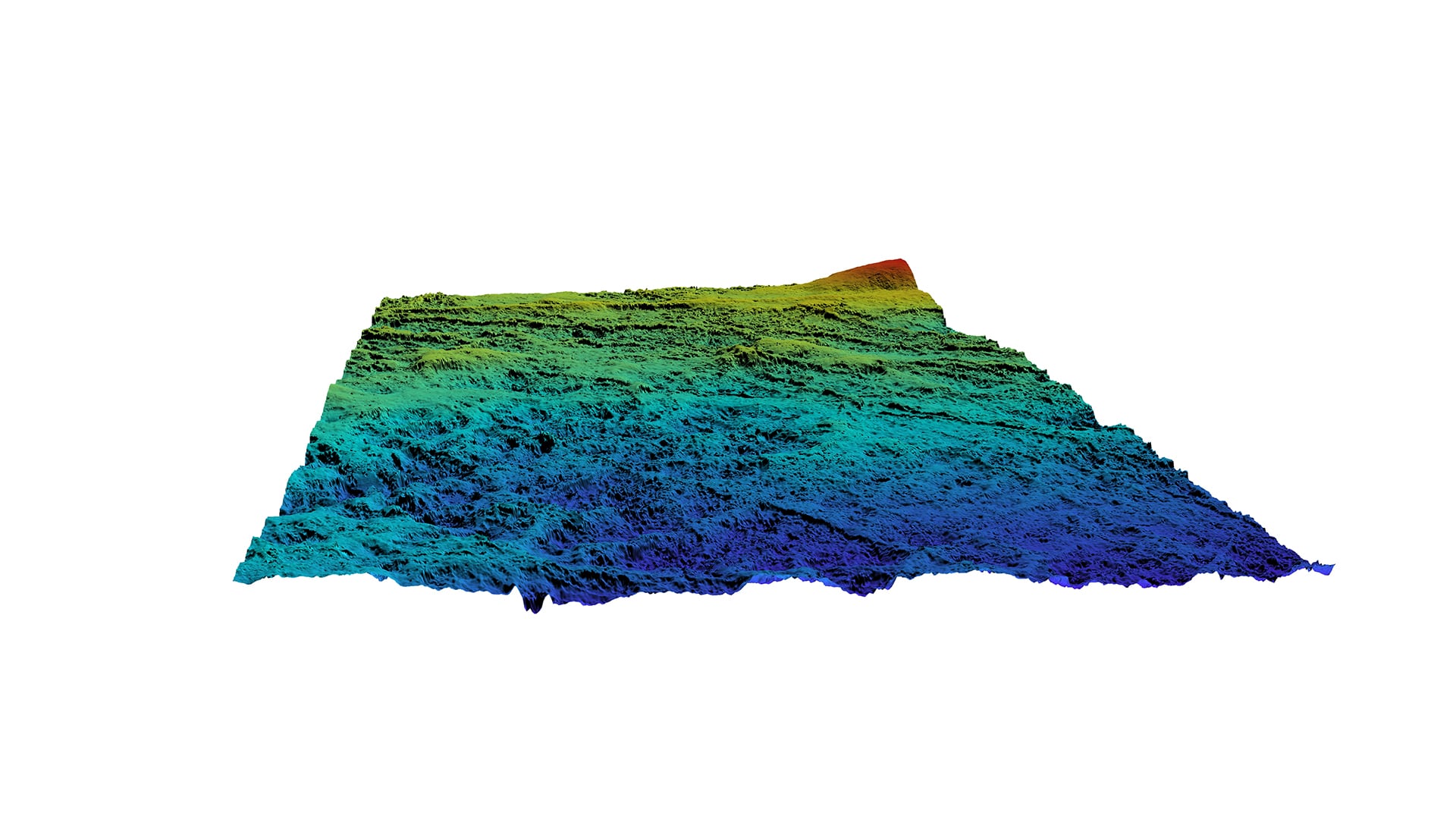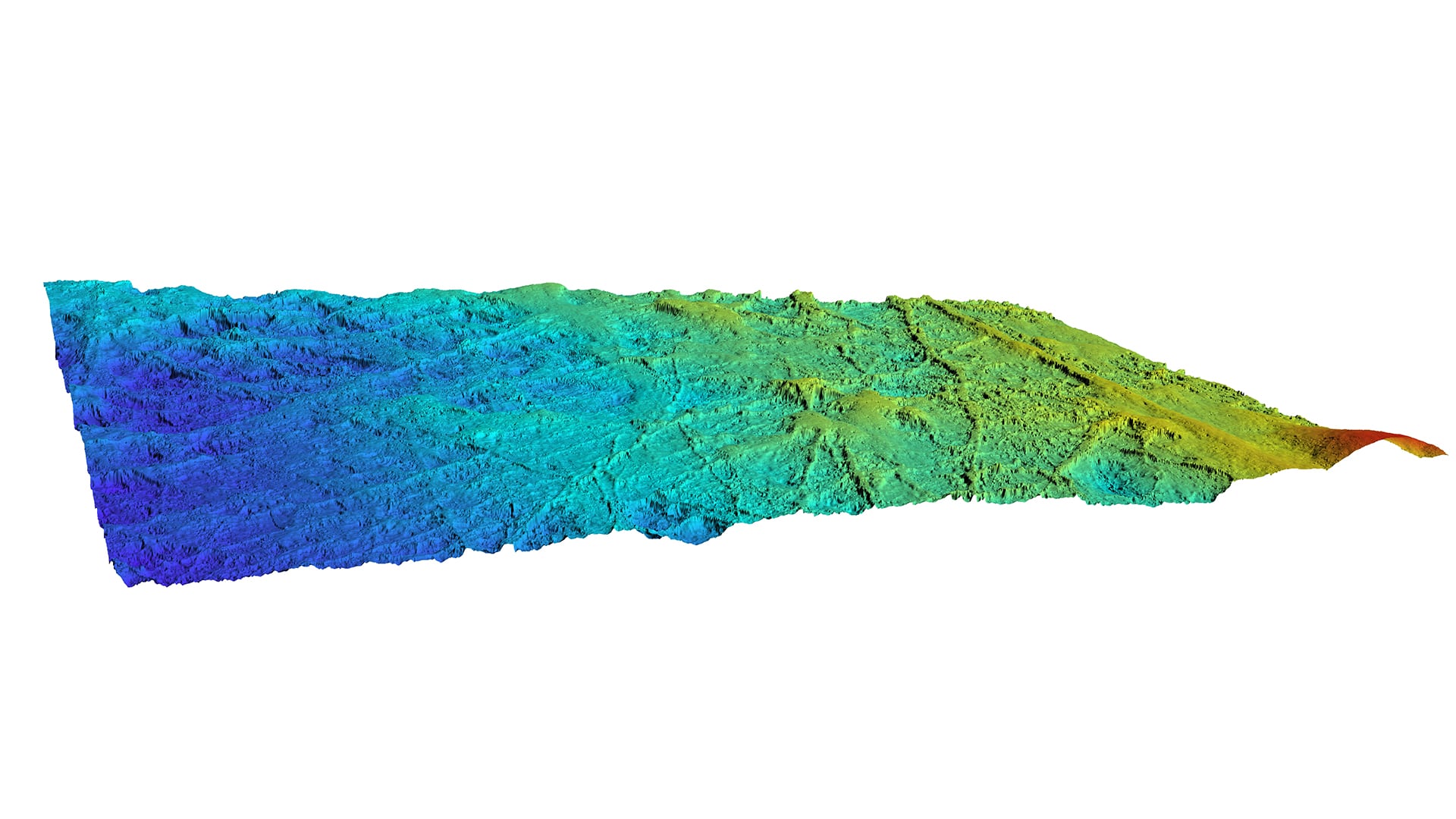The deep ocean floor is, in fact, the home, often extending over vast areas, of biodiversity and geodiversity of great scientific and economic interest, as well as of hydrodynamic phenomena that are intricately related to global climate conditions.
Mapping these vast tracts of the ocean floor can help address issues relating to the regional, morphological, geological and biological context.



